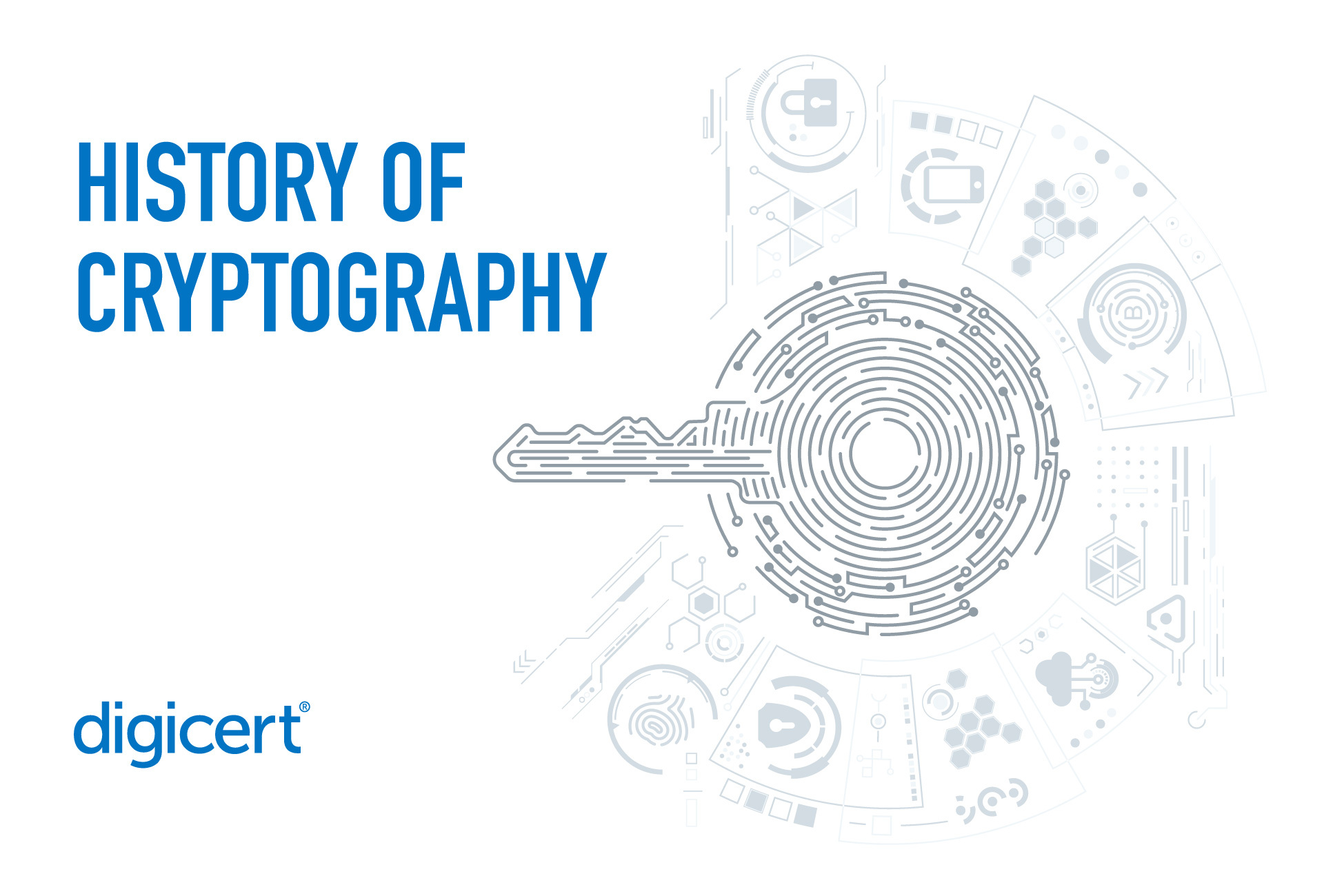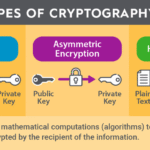The inception of public key cryptography marks a profound leap in the field of secure communications and data protection, revolutionizing how information is safeguarded against unauthorized access. As we delve into the timeline of public key cryptography, we uncover its historical milestones, the key figures and events that shaped its development, and its enduring impact on modern cybersecurity.
To understand the age of public key cryptography, one must first appreciate the pre-existing landscape of cryptographic practices. For centuries, cryptography was primarily reliant on symmetric encryption, where a single key was employed for both encryption and decryption. This method posed significant challenges, particularly in terms of key distribution — a problem that became increasingly pronounced as societies and communications expanded.
In 1970, a pivotal development occurred in cryptographic theory when the mathematician Whitfield Diffie and his collaborator Martin Hellman introduced the concept of public key cryptography through the publication of their groundbreaking paper, “New Directions in Cryptography.” This paper not only introduced a novel approach to secure communication but also laid the foundational principles upon which modern cryptographic methods are built.
Diffie and Hellman’s paradigm shift was predicated on the use of two distinct keys: a public key, which can be shared widely to allow others to encrypt messages, and a private key, which is kept secret and used for decryption. This asymmetry provided a remarkable solution to the key distribution problem that had vexed cryptographers for ages, allowing for secure communications without the necessity of exchanging secret keys beforehand.
Fast forward to 1976, and the significance of public key cryptography was underscored further by the invention of the RSA algorithm by Ron Rivest, Adi Shamir, and Leonard Adleman. The RSA algorithm created a practical method for implementing public key cryptography. It harnesses the mathematical properties of large prime numbers to construct secure keys. RSA quickly became the de facto standard for secure data transmission and remains widely employed today.
The evolution of public key cryptography didn’t halt with RSA. The 1980s ushered in a plethora of theoretical advancements and practical implementations in the cryptographic arena. Notably, in 1981, the ElGamal encryption scheme was proposed, adding another layer of complexity and security by using discrete logarithms. This led to the subsequent development of various cryptographic protocols that became instrumental for secure communications, particularly in the realm of internet security.
The 1990s marked another significant era for public key cryptography, as the digital age began to burgeon. The advent of the internet necessitated robust security measures, culminating in the establishment of SSL (Secure Sockets Layer) and TLS (Transport Layer Security) protocols. These protocols utilize public key cryptography extensively to enable secure connections between web browsers and servers, facilitating the secure exchange of information in our increasingly digital world.
As public key cryptography evolved, so too did the legal and regulatory frameworks surrounding it. The 1990s and early 2000s witnessed growing concerns about cryptographic regulation, particularly in the context of national security. Governments grappled with the implications of widespread encryption, leading to heated debates regarding its accessibility and the need for lawful interception capabilities.
The onset of the 2000s brought with it an escalated wave of cybercrimes, further amplifying the urgency for potent cryptographic solutions. With the emergence of threats such as identity theft and data breaches, public key infrastructure (PKI) became paramount. PKI systems facilitate a trustworthy environment for the exchange of digital keys, underpinning the security of online transactions and sensitive communications.
Furthermore, the increasing reliance on cloud computing and mobile technologies has necessitated an evolved understanding of public key cryptography. Emerging standards and innovations, such as elliptic curve cryptography (ECC), have gained traction due to their ability to provide equivalent security levels with shorter key lengths, reducing computational burdens and enhancing efficiency.
Today, public key cryptography stands as an indispensable pillar of information security. It serves as the backbone for various applications beyond secure web transactions, including digital signatures, secure email communications, and blockchain technologies. The fascination with public key cryptography stems from its elegant solution to the complex problems of security, authentication, and privacy in an inter-connected world.
In conclusion, the age of public key cryptography can be traced back more than five decades, marked by foundational theories and transformative algorithms. From its theoretical origins in the works of Diffie and Hellman to its practical applications in contemporary technologies, the evolution of public key cryptography illustrates a relentless pursuit of secure communication methods in response to evolving challenges. As we navigate the complexities of an increasingly digital landscape, understanding the nuances of public key cryptography and its historical developments provides critical insight into its significance in safeguarding our most sensitive information.









Leave a Comment